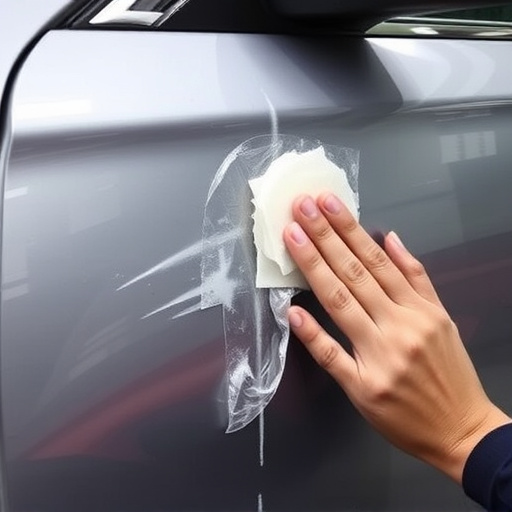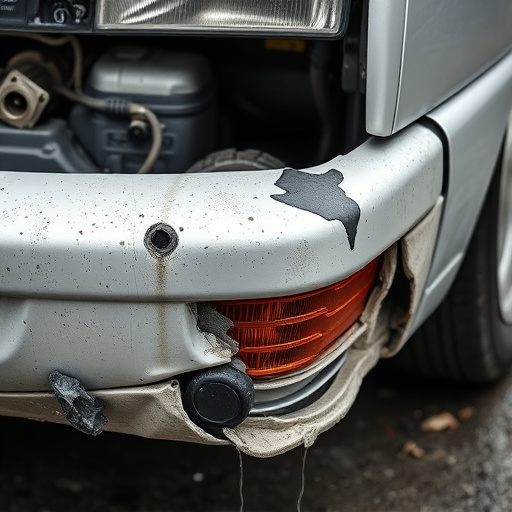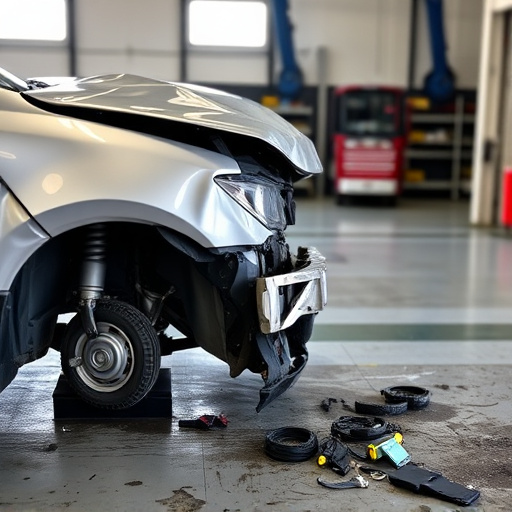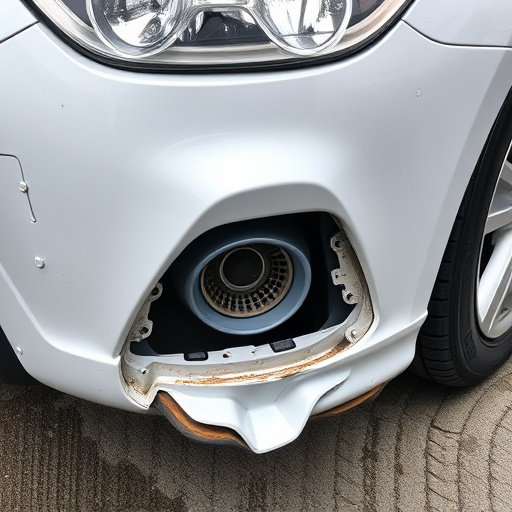Collision centers optimize operations by recognizing seasonal demand fluctuations. They use advanced scheduling software, tiered triage systems, and digital tools to manage peak periods, ensuring efficient repair scheduling, timely service, and enhanced customer satisfaction despite increased vehicle damage during winters and summers. Proactive communication and resource management prevent scheduling conflicts, offering competitive pricing and loyalty fostering experiences.
In the dynamic landscape of auto repair, managing peak seasons and demand fluctuations is a delicate art. As seasons change, so does the influx of vehicle repairs, leading to potential scheduling collisions. This article explores effective strategies to navigate these challenges. We delve into understanding seasonal demands, preventing scheduling overlaps, and implementing efficient collision resolution tactics. By mastering these techniques, auto repair shops can streamline operations, enhance customer satisfaction, and ensure smooth sailing through high-demand periods.
- Understanding Peak Seasons and Demand Fluctuations
- Strategies to Prevent Scheduling Overlaps
- Efficient Collision Resolution Tactics for Repairs
Understanding Peak Seasons and Demand Fluctuations
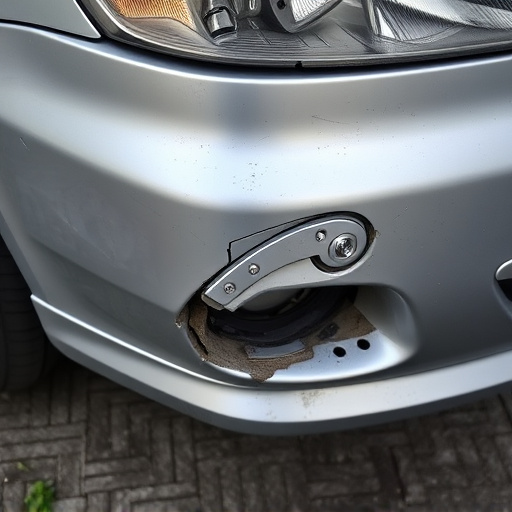
In the realm of repair scheduling collision centers, understanding peak seasons and demand fluctuations is paramount for efficient operation. High-demand periods often occur during specific times of the year when weather conditions or holiday schedules lead to increased vehicle damage. For instance, winter storms may cause a surge in fender benders and accidents involving snow removal equipment, while summer vacations can result in more recreational vehicle collisions. Recognizing these seasonal trends allows collision centers to proactively adjust staffing levels and resources to meet heightened demand.
This foresight is crucial for effective repair scheduling, ensuring that customers receive timely service without unnecessary delays. Collision centers can optimize their processes by anticipating busier periods, pre-allocating parts, and managing workforce availability accordingly. Moreover, understanding these fluctuations enables centers to offer competitive pricing during peak seasons, fostering customer satisfaction and loyalty in the long run, especially for those providing essential auto body repairs.
Strategies to Prevent Scheduling Overlaps

To prevent repair scheduling collisions during high-demand seasons, collision centers should implement robust strategies to manage their workflow efficiently. One effective approach is to utilize advanced scheduling software that allows for real-time updates and adjustments. By integrating this technology, staff can quickly identify potential conflicts and reallocate resources accordingly, ensuring no two car bodywork repairs overlap. This method streamlines the process and minimizes delays caused by scheduling mishaps.
Additionally, establishing clear communication channels between customers and the collision center is vital. Customers should be encouraged to provide detailed information about their vehicle’s damage, including the extent of repairs required. With this knowledge, the collision center can better anticipate workload fluctuations, allowing for proactive measures to prevent scheduling overlaps, especially during peak seasons when demand for dent removal services surges.
Efficient Collision Resolution Tactics for Repairs
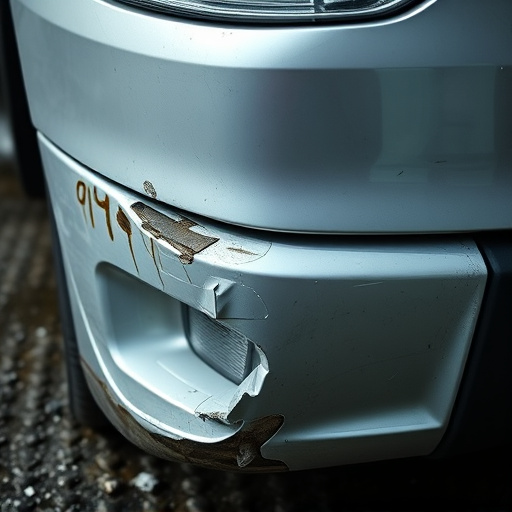
In high-demand repair seasons, efficient collision resolution tactics are essential for successful repair scheduling. One effective strategy is implementing a tiered approach to triage incoming collisions. Prioritizing repairs based on urgency and complexity allows workshops to allocate resources effectively. For instance, immediate attention should be given to critical safety systems like auto glass replacement or tire services to ensure roadworthiness.
Additionally, leveraging technology can significantly enhance collision management. Digital scheduling tools and specialized software for luxury vehicle repair enable real-time updates, accurate turnaround time estimates, and seamless communication with customers. By integrating these tactics, repair shops can minimize wait times, improve customer satisfaction, and optimize their operations during peak seasons.
In high-demand repair seasons, effective repair scheduling is crucial to prevent collisions and optimize service. By understanding peak periods, implementing preventive strategies, and adopting efficient collision resolution tactics, repair shops can enhance customer satisfaction and streamline their operations. Optimizing repair scheduling not only minimizes delays but also ensures a seamless experience for clients during busy times.
